
Finca Luna Nueva
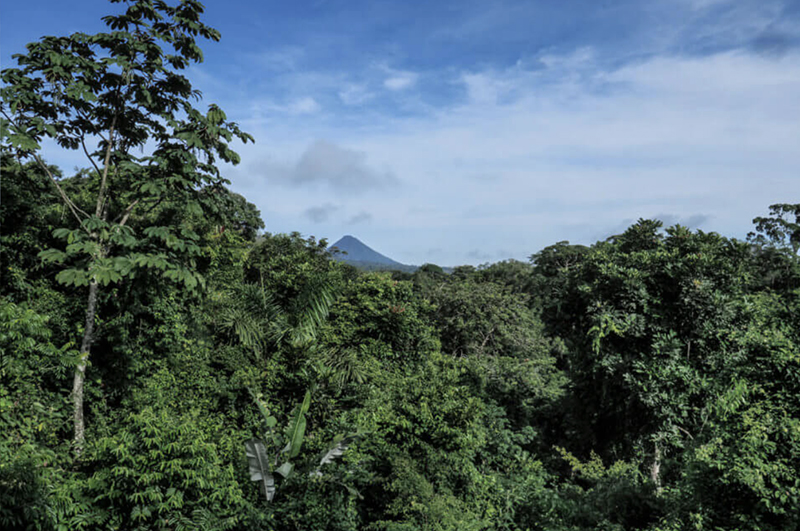
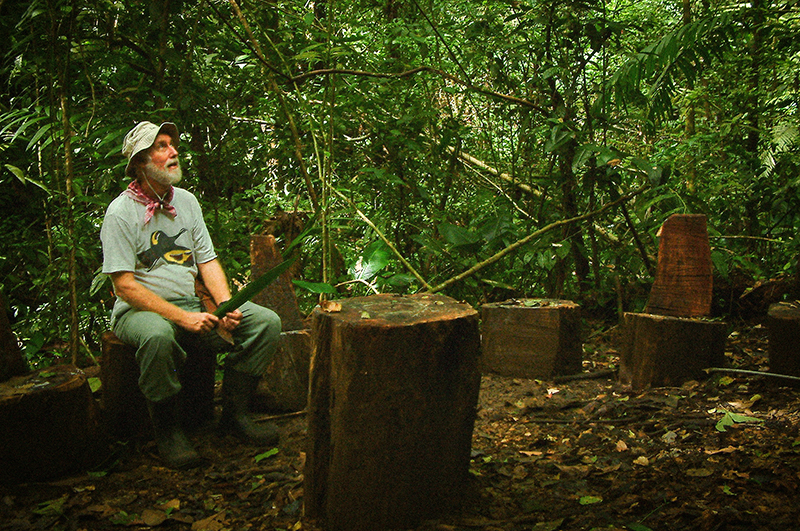
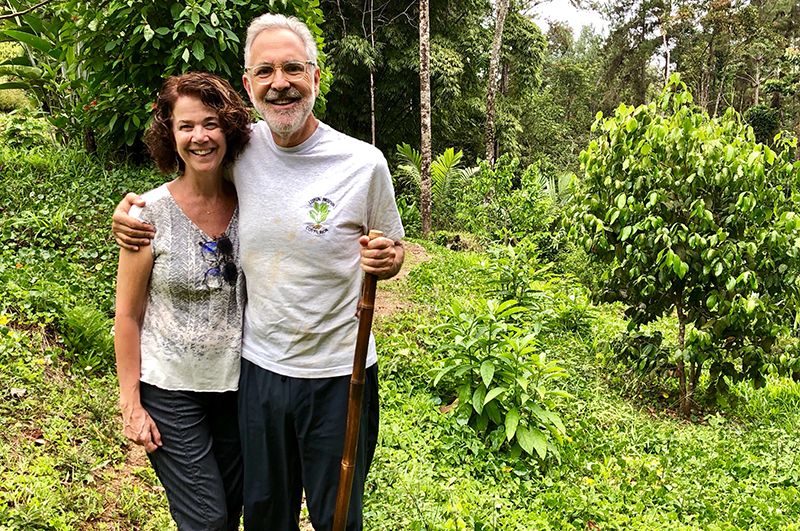
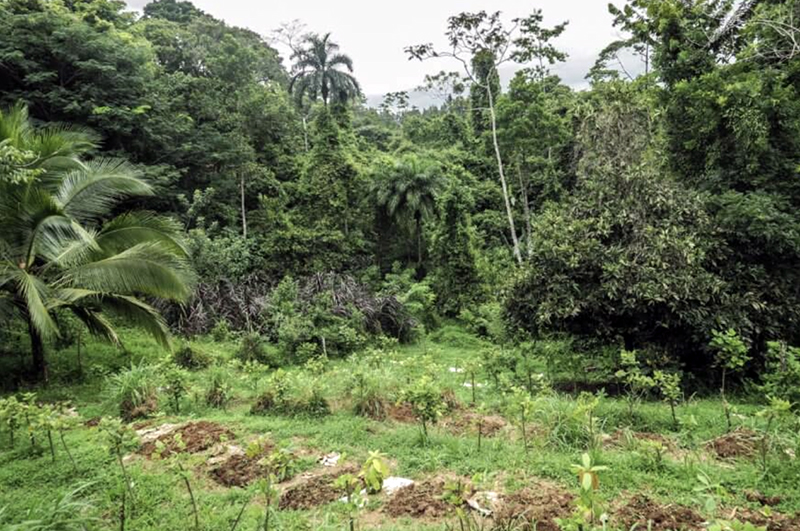
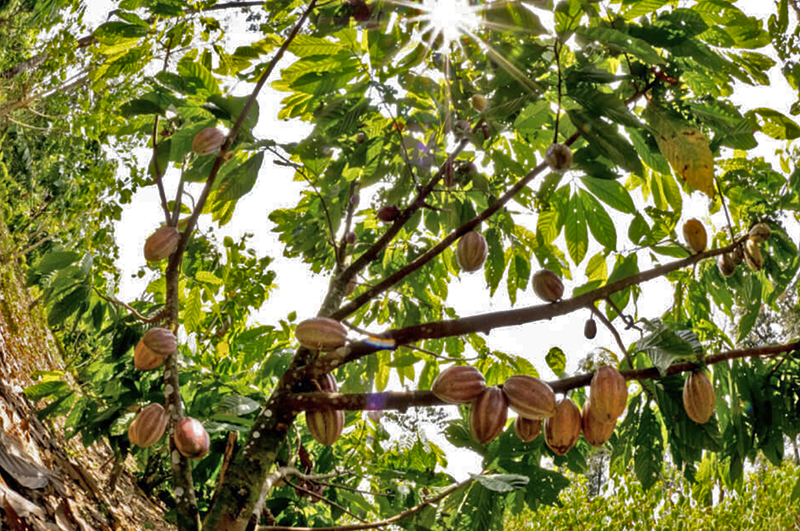
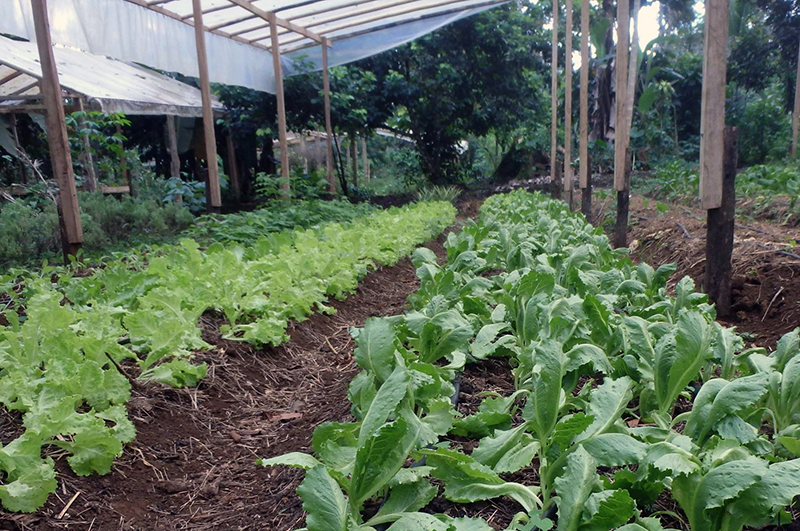
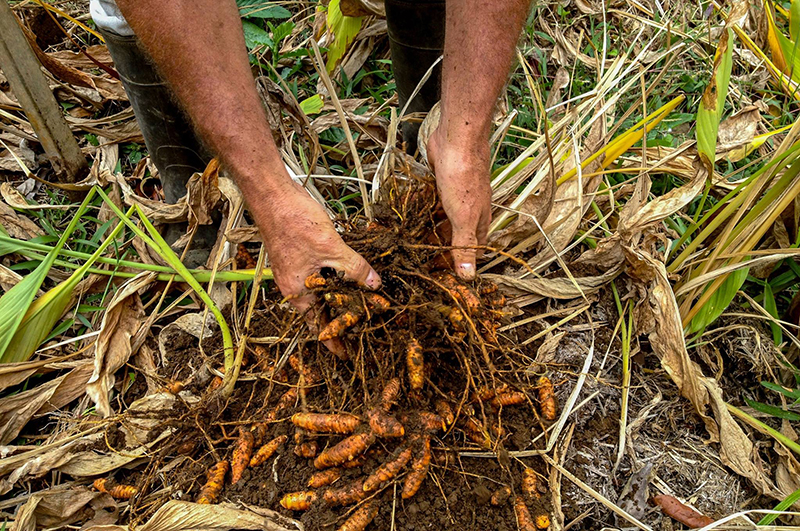
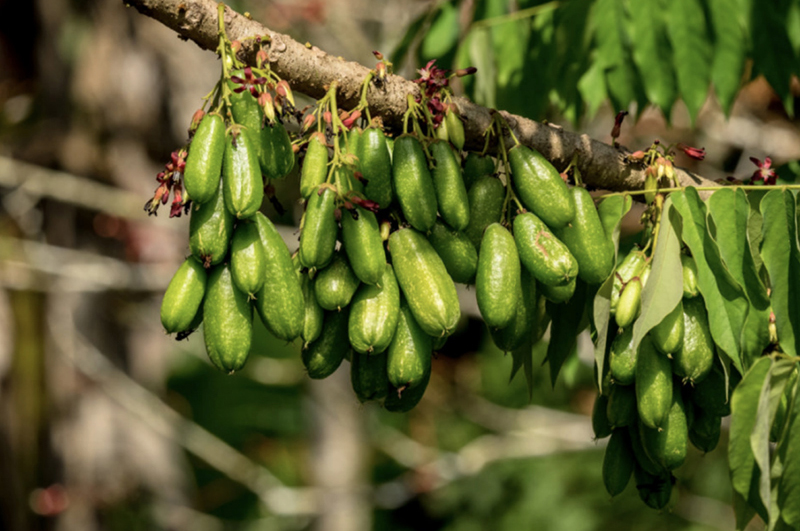
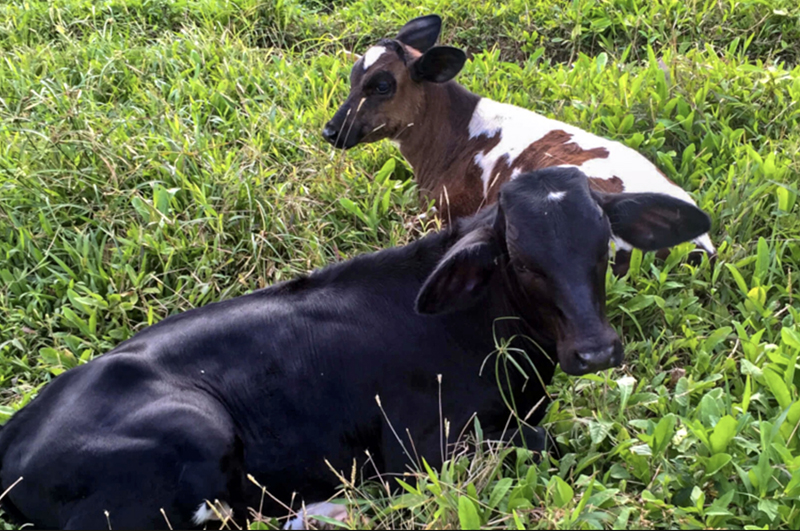
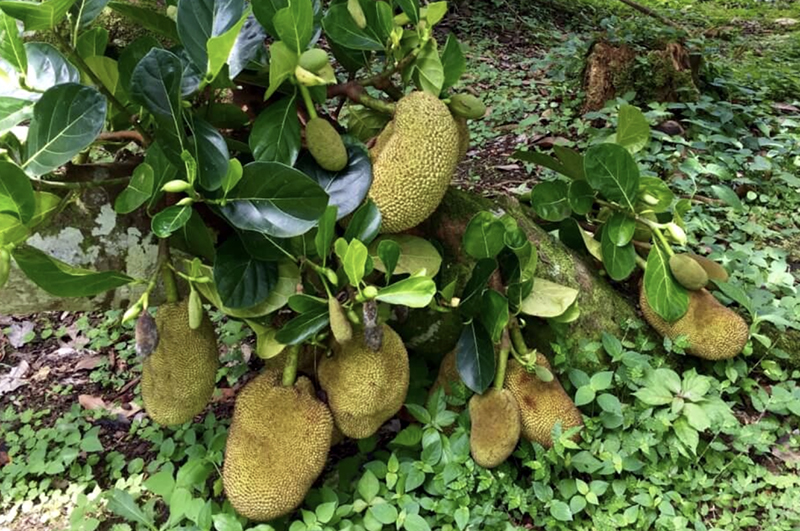
Finca Luna Nueva(opens in new window) in San Isidro de Peñas Blancas, Costa Rica was founded in 1994 as a 74-acre organic farm by Steven Farrell. He was growing ginger and, later, turmeric for the natural supplement industry in North America. He also was and still is devoted to farming holistically with a conscious perspective that views every aspect of the farm including the animals, human beings and surrounding environment as a living system. In 1999 he was joined by Tom Newmark (member of the CRARS Leadership Council) and his wife Terry, who met Steven through Newmark's vitamin and supplement company New Chapter. They added 53 acres about 15 years ago, at which time they also began their organic dairy operation. About ten years ago, Newmark met Dr. Tim LaSalle(opens in new window), then CEO at the Rodale Institute and co-founder of the Center for Regenerative Agriculture at Chico State, a meeting Newmark says “rocked his world.” It was about how carbon sequestration and regenerative agriculture could be an answer to the existential threat of climate change. When he came home, he and his wife decided to devote their lives to regenerative agriculture.
Today Finca Luna Nueva operates as a regenerative farm and ecolodge dedicated to providing education in regenerative farming and topics related to their location in the tropical rainforest. They neighbor the Children’s Eternal Rainforest and connect to approximately 250,000 acres of protected rainforest. The Finca Luna Nueva property is now approximately 127 acres, more than half of which is protected rainforest, and is home to the Sacred Seeds Sanctuary with more than 300 tropical medicinal plants, a conference center, several types of accommodations, a restaurant, and numerous walking trails through fields and forest.
The Road to Becoming Fully Regenerative Started with a Shock
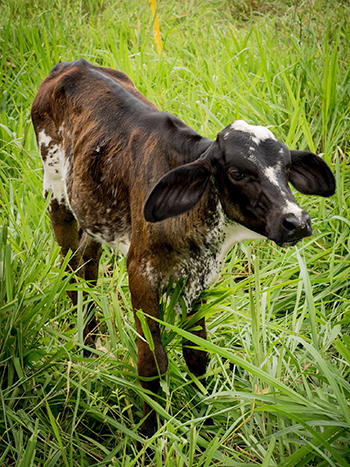 Tom Newmark explains that about five years ago they did soil testing and found to their great disappointment that the farming practices they had devoted the longest time to had not improved soil organic matter (SOM) levels, the most important benchmark for soil health and carbon sequestration. The acreage devoted to their crops, in fact, had the lowest SOM levels, compared to their pastures (next best). But the margins of the farm reverting to secondary forest had the best SOM of all. Newmark says, “That was an epiphany moment for us, as our scrupulous devotion to NOP organics(opens in new window) and Demeter biodynamics(opens in new window) was not resulting in anticipated soil outcomes. Our cows were managing our pastures better than we were managing our arable acreage, and Mother Nature in her biodiverse grandeur was doing even better than our cows.”
Tom Newmark explains that about five years ago they did soil testing and found to their great disappointment that the farming practices they had devoted the longest time to had not improved soil organic matter (SOM) levels, the most important benchmark for soil health and carbon sequestration. The acreage devoted to their crops, in fact, had the lowest SOM levels, compared to their pastures (next best). But the margins of the farm reverting to secondary forest had the best SOM of all. Newmark says, “That was an epiphany moment for us, as our scrupulous devotion to NOP organics(opens in new window) and Demeter biodynamics(opens in new window) was not resulting in anticipated soil outcomes. Our cows were managing our pastures better than we were managing our arable acreage, and Mother Nature in her biodiverse grandeur was doing even better than our cows.”
“We studied our practices to try to figure out what we were doing or failing to do, and one thing that was immediately obvious was we were tilling our fields. Not often—maybe only once every 4-5 years—but nevertheless we were tilling.” Ploughing fields, Newmark explains, exposes organic matter to decomposing microorganisms, oxygen, and sunlight. That leads to a rapid breakdown of stored carbon. It also meant that when it rained, nutrients in the soil washed away. “Now," Newmark says, “we absolutely never till.”
They also realized that they were not using permanent ground cover where they were growing their crops. “We weren’t optimizing the natural process of photosynthesis. We were planting crops in monoculture plots with plants of uniform heights. If we wanted to be more aligned with natural systems that optimize solar cycles and carbon capture, we would need to think about how forests, prairies, and rainforests produce food—and that’s not in monoculture rows surrounded by bare earth.”
Now they strive for complexity and biodiversity. “We plant polycultures with foliage at differing strata. We have used and are beginning once again to create fungal-dominated compost. We have more than 100 species of fruit trees established at our farm. While we will still grow ginger and turmeric, we’re focusing more on tree crops like cacao, allspice, cinnamon, cloves, multiple citrus species, and nutmeg, plus vines like black pepper and vanilla.”
None of this entailed significant challenges in needed capital or equipment for Finca Luna Nueva. The biggest challenge was about mindset. It was shocking to work so hard to get things right and discover it was still wrong for the planet in terms of soil health and climate change. But, Newmark says, “We knew we had to do something different, and we were thus required to change the hardest thing to change—our minds.”
Learning Curves, Future Plans, and Advice to Others
There were, of course, learning curves. “It’s been a 25-year learning curve! We are absolutely still learning. We had to adapt biodynamic practices to the wet tropics, and we have to holistically manage our pastures in what might be the ultimate non-brittle environment(opens in new window). We needed to shift more to agroforestry and permaculture, increasing the diversity of our crops, shifting from annuals to perennials, and using multi-strata planting concepts. I don’t want to suggest that we’re old pros at this. We’re still learning, still experimenting, still creating new planting patterns, and in some respects hitting the reset button for our farm.”
But there has been significant success. “We are enjoying our best fruit production ever, our cows are producing great milk for our restaurant and for yogurt, kefir, and cheese production, and we’re optimistic.” Newmark believes the fields are also performing a lot better. They are about to do a full-farm SOM testing, and will share that data when it is available.
There are still challenges. “Our squirrels are fighting back and we’re not doing a good job protecting our cacao—we need to get a lot better there. Some of our cacao trees probably need to be replaced, together with some of our older citrus trees.”
Their future plans are to shift over more and more to perennials like black pepper and vanilla and to cacao and other tree crops that do so well in that environment. They plan to continue to work with annuals such as ginger and turmeric for alley cropping, but the focus is more and more away from annual crops. Perennials require very little if any soil disruption and naturally help regenerate the soil by providing cover and a stable but ever deepening root system. “Soil organic matter,” Newmark says, “is created at the root tips, and we want to optimize the number and diversity of root systems in our soil."
Newmark’s advice to farmers about to embark on a regenerative path is simple. Do it. “Go regenerative now, before you lose your soil and water! You have no choice. It’s regenerate or watch your ecosystem erode and wither and your water and crops fail. So, to us, it’s not whether but when, and we say get started now.”
